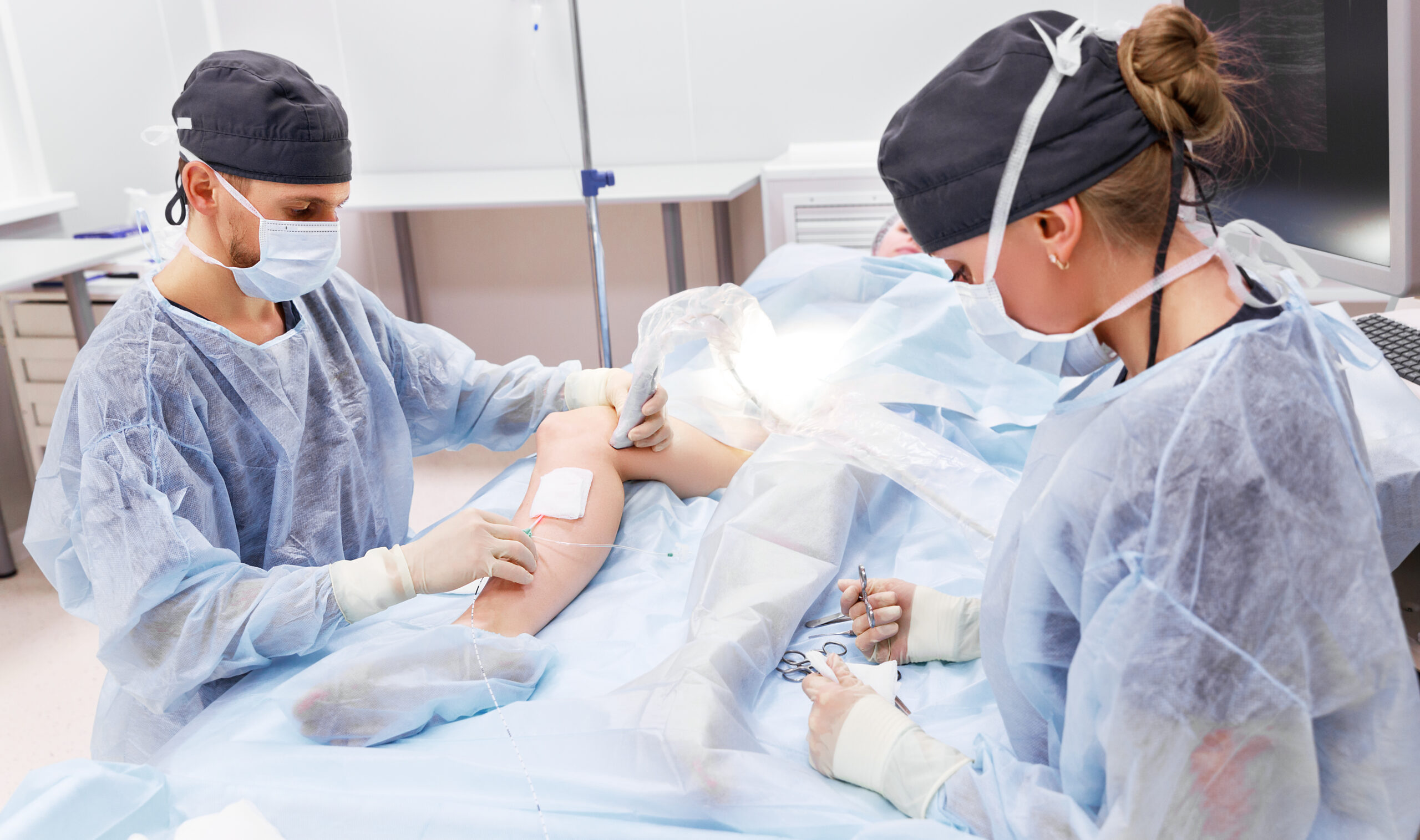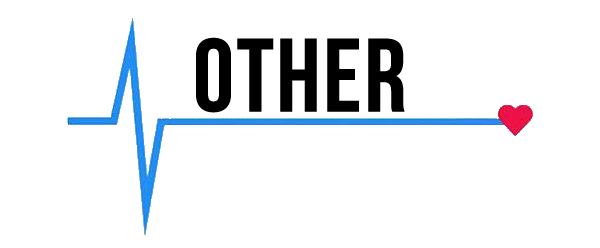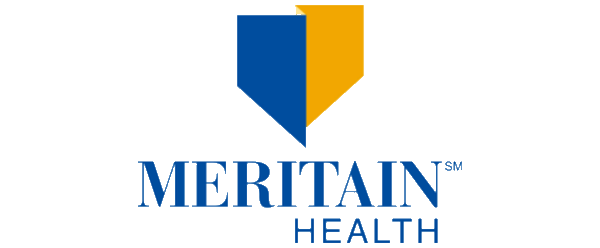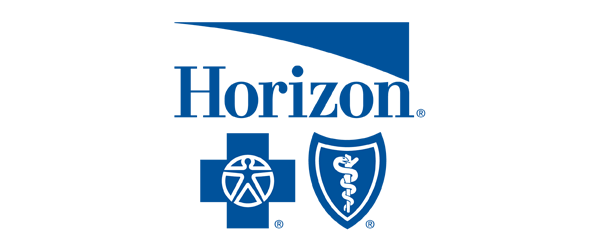Deep vein ablation is an effective treatment for varicose veins, offering long-term relief with only a 2-5 percent chance of recurrence.
It’s important to note that some studies report a higher overall recurrence rate, around 22 percent, which might seem concerning at first. However, this often reflects the development of new varicose veins in different areas of the leg, rather than a failure of the initial treatment. Even after one pathway is closed, other pathways may develop due to vein wall weakness.
Recurrence often occurs after 3 years, but many remain recurrence-free for 8 to 10 years, proving the treatment’s effectiveness. Several factors can influence the likelihood of varicose veins returning. These include the reopening of the treated vein (recanalization), the development of new varicose veins in other leg veins, and issues with perforator veins (veins connecting superficial veins to deep veins).
To minimize the risk of recurrence, it’s essential to ensure that your initial treatment is comprehensive and addresses all sources of venous insufficiency in the leg. This means your vein specialist will carefully evaluate your condition and treat all problematic veins, not just the most obvious ones.
To ensure long-term success, follow post-treatment care instructions diligently. This includes wearing compression stockings, elevating your legs, and engaging in regular exercise. Maintaining a healthy lifestyle, like managing weight and staying active, is key and should be consolidated with other related advice in the text to reduce redundancy.
If you’re considering endovenous ablation or have concerns about varicose vein recurrence, it’s always best to consult with a qualified vein specialist. They can assess your individual risk factors, discuss your treatment options, and provide personalized guidance for preventing recurrence and maintaining healthy leg veins
Factors Increasing Varicose Vein Likelihood after Deep Vein Ablation
While deep vein ablation is effective, certain factors can increase recurrence risk, making understanding them crucial for long-term success. Incompetent perforator veins, connecting superficial to deep veins, often lead to new varicose veins even after ablation. Another common cause of recurrence is recanalization, where a previously treated vein reopens. New varicose veins may form in veins like the anterior accessory great saphenous vein (AAGSV) or small saphenous vein (SSV).
It’s crucial to address all sources of venous insufficiency during the initial procedure to minimize the risk of recurrence. Ablation techniques may affect outcomes, with radiofrequency showing slightly higher recanalization rates than laser. Patient factors like obesity and pelvic vein compression (e.g., May-Thurner syndrome) also raise recurrence risk.
Other factors contributing to recurrence include the formation of new blood vessels (neovascularization) and the persistence of reflux in certain veins. It’s important to remember that the risk of recurrence generally increases with time after the initial procedure.
“The majority of recurrences were in association with perforating veins,” states The Scientific World Journal in Wiley Online Library. “New AAGSV and SSV insufficiency was responsible for 40 percent of those patients who developed recurrent venous disease. The use of standard protocols and routine US examinations may reduce the frequency of saphenous vein recanalization after thermal ablation.”
Three months after vein treatment, patients should be re-examined for any remaining varicose veins causing symptoms. Further treatment will be determined based on the findings of this evaluation.
“Patients should be educated that varicose veins are a chronic recurrent disease, and routine reevaluation and treatment are warranted,” according to Endovascular Today. “Maintaining a healthy active lifestyle, avoiding obesity, and using compression are important activities of long-term management.”
Perforating Veins and Recurrence After Ablation
Perforating veins, which connect surface to deep veins, are crucial to varicose vein recurrence if they malfunction, even after successful deep vein ablation.
Here’s what you need to know about perforating veins and varicose vein recurrence:
- They are a major source of recurrence. Studies show that perforator vein issues are present in a significant number of patients with recurrent varicose veins.
- They contribute to recurrence in multiple ways. They can act as a source of reflux, leading to new varicose veins. They can contribute to the reopening of previously treated veins. They can feed blood into recanalized veins, further promoting recurrence.
- Their location matters. Perforating veins in the thigh are more likely to cause problems than those in the calf.
- They often go untreated. Many ablation procedures don’t address perforating veins, potentially leaving a source for recurrence.
How can treating perforating veins help?
- Reduce Reflux: By closing off incompetent perforators, you eliminate a major source of backward blood flow that leads to new varicose veins.
- Prevent Recanalization: Treating perforators can help prevent treated veins from reopening.
- Improve Overall Vein Function: Addressing perforator issues can improve blood flow in your legs and reduce the risk of complications like ulcers.
Treatment options for perforating veins:
- Ultrasound-Guided Sclerotherapy: This is often the first-line treatment, involving injecting a solution into the vein to close it off.
- Endovascular Thermal Ablation: This uses laser or radiofrequency energy to close the vein and is an option for those who don’t respond to sclerotherapy.
While perforating veins are a key factor in varicose vein recurrence, it’s important to remember that other factors are also involved. A comprehensive approach that addresses all potential sources of recurrence is essential for long-term success.
Ensuring the Best Possible Outcome after Deep Vein Ablation
To get the best results from your deep vein ablation and reduce the chance of them coming back, it’s important to make informed decisions and follow your doctor’s recommendations. Here’s what you should know:
- Endovenous ablation techniques, like radiofrequency ablation (RFA) and endovenous laser ablation (EVLA), are very effective. Both have high success rates and low recurrence rates (around 2-5 percent).
- RFA: Uses radiofrequency energy to heat and close the vein. It’s generally known for being more comfortable with fewer side effects.
- EVLA: Uses laser energy to close the vein. Advancements in laser technology are making this option increasingly comfortable.
The best choice for you will depend on your individual needs and the specifics of your condition. Your doctor will consider factors like the size and location of your varicose veins, your overall health, and their own experience with each technique.
Both RFA and EVLA are minimally invasive procedures performed under local anesthesia. They typically take less than an hour, and you can usually go home the same day. You might need to wear compression stockings for a while afterward, but some newer techniques may not require this.
Both procedures have a quick recovery time, allowing you to return to normal activities within a day or two. Complications are rare, but it’s important to be aware of the possibility of endovenous heat-induced thrombosis (EHIT), a type of blood clot.
Solutions: Compression, Lifestyle, and Weight
Taking care of your veins after deep vein ablation involves wearing compression stockings, maintaining a healthy lifestyle, and managing your weight. Compression stockings improve blood flow by supporting veins and reducing swelling. Proper sizing and consistent use maximize their benefits.
“Compression socks have different compression strengths, measured in millimeters of mercury, or mmHg,” states Very Well Health. “There’s a considerable range from nonmedical grade socks, which provide mild (8–15 mmHg) or moderate (15–20 mmHg) compression, to medical grade compression socks of 20–30 mmHg and 30–40 mmHg. Apple says a 20–30 mmHg compression level should be adequate for varicose vein relief or after spider vein treatment.”
A healthy lifestyle is vital for vein health. Regular exercise improves circulation and strengthens leg muscles. Elevating legs, staying hydrated, and eating a low-sodium diet also help. Weight management prevents vein issues by reducing pressure on veins. Even small weight loss improves circulation. Combine exercise with a healthy diet and consider consulting a nutritionist.
Treated veins rarely return, but new ones may develop. Follow up regularly with your provider and address new symptoms promptly. Following these steps with a specialist reduces varicose recurrence risk and ensures healthier legs.
You can personalize your treatment by exploring endovenous ablation at Wellness and Pain. We offer conservative treatments, routine visits, and minimally invasive quick-recovery procedures. We can keep you free of problems by providing lifestyle education and home care advice.
This enables you to avoid and manage issues, quickly relieving your inhibiting lifestyle conditions when complications arise. We personalize patient care plans based on each patient’s condition and unique circumstances. Wellness and Pain can help improve wellness, increase mobility, relieve pain, and enhance your mental space and overall health.
Wellness and Pain
You can personalize your treatment by exploring deep vein ablation at Wellness and Pain. We offer conservative treatments, routine visits, and minimally invasive quick-recovery procedures. We can keep you free of problems by providing lifestyle education and home care advice.
This enables you to avoid and manage issues, quickly relieving your inhibiting lifestyle conditions when complications arise. We personalize patient care plans based on each patient’s condition and unique circumstances. Wellness and Pain can help improve wellness, increase mobility, relieve pain, and enhance your mental space and overall health.











